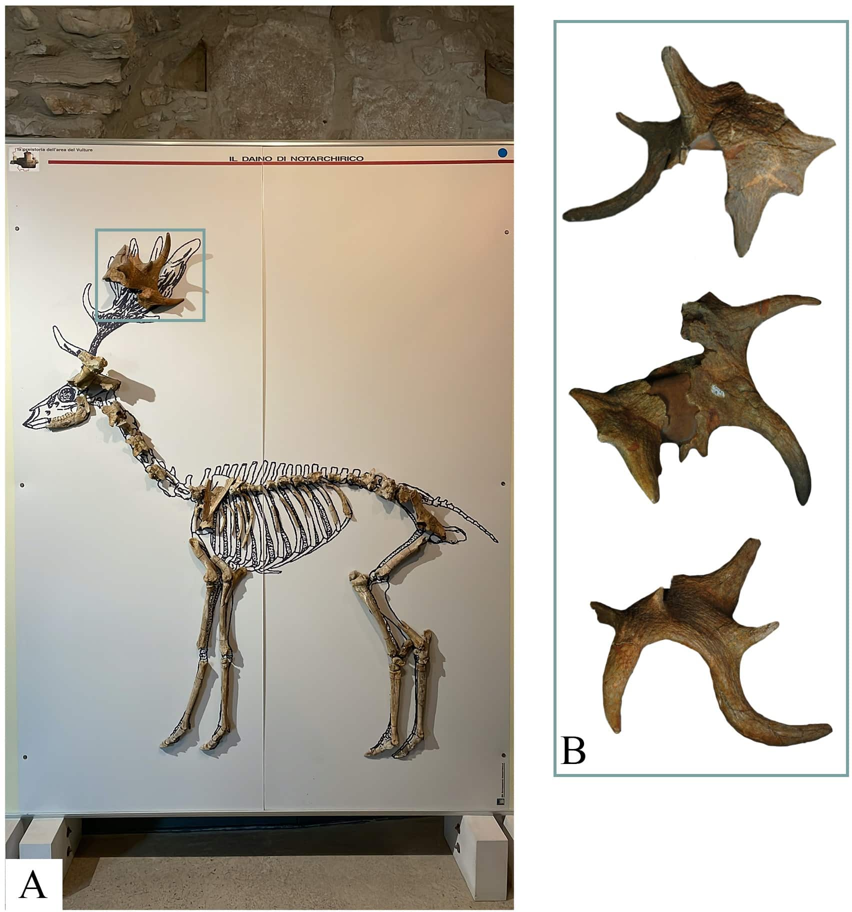Paleontologists have traced a 100,000-year fossil record of mammals in Southern Europe.
The Notarchirico site has revealed more than 10 stratigraphic units that formed during the Middle Pleistocene transition, approximately between 695,000 and 614,000 years ago. This period saw a global restructuring of the climate system, accompanied by extended glacial-interglacial cycles. Previously, these cycles occurred every 41,000 years, but after the restructuring, they took place every 85,000 to 125,000 years.
Remarkably, this site was regularly inhabited by humans. The tools left behind belong to the early Achuelian stone industries of Europe. In the upper layers, researchers discovered a femur belonging to a teenage girl, recently classified as Homo heidelbergensis.
Despite the long-term presence of humans at the site, archaeologists found no evidence of intentional accumulation of animal remains. Most of these animals died nearby from natural causes and were later moved by water flows.
Scientists from Germany, Spain, France, and Israel, led by Benjamino Mecozzi from the University of Rome La Sapienza (Italy), have systematically compiled all available information about the mammals from the Notarchirico site and categorized them into three main stratigraphic complexes: lower, middle, and upper. An article on this research was published in the journal PLOS One.

The lower complex includes the straight-tusked forest elephant, which preferred to feed on tree leaves, branches, soft grasses, as well as the Etruscan two-horned rhinoceros, noble deer, hippopotamuses, and macaques. Judging by the fauna, this complex developed in conditions dominated by forests with lakes and ponds, along with patches of steppe. It likely represented the twilight of the interglacial period.
The mammalian fauna in the middle complex is quite poor. Rare remains of elephants, bison, deer, and beavers have been found. It is possible that forests during this period were replaced by open spaces, which were suitable for elephants, with sparse groves where deer lived. Warm-loving hippopotamuses and macaques disappeared, indicating the onset of glaciation.
The upper complex marked a return to warmer conditions, bringing back forest landscapes where deer, fallow deer, bison, elephants, wild boars, and cave lions settled.
“The upper complex is the richest in mammalian fauna, indicating a mass return of forests and a general warming of the climate corresponding to the interglacial period,” the authors of the article noted.
The faunal complex of Notarchirico has enriched the fossil record of terrestrial mammals in southern Europe, including some of the oldest specimens of the straight-tusked forest elephant (Paleoloxodon antiquus), noble deer (Cervus elaphus), cave lion (Panthera spelaea), Robert's fallow deer (Dama cf. roberti), as well as one of the last representatives of the forest bison (Bison schoetensacki).